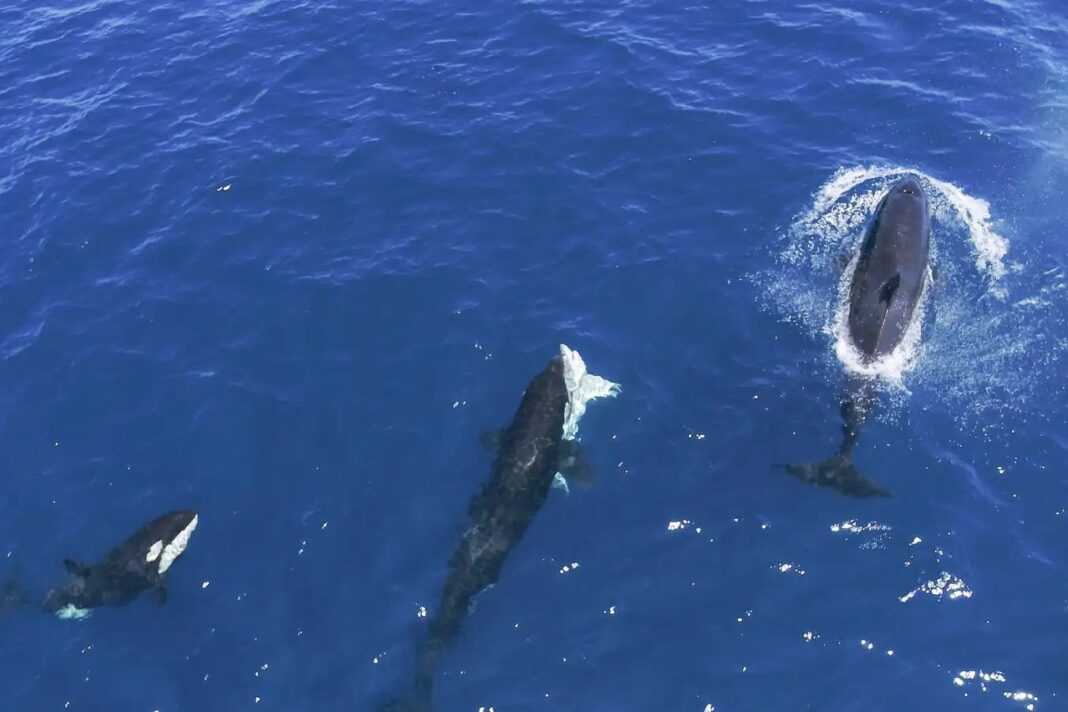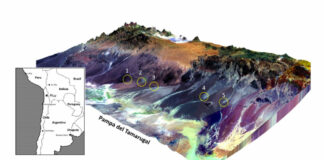Marine biologists have documented an unusual and coordinated hunting strategy used by orcas in the Gulf of California: flipping juvenile great white sharks upside down to immobilize them and target their nutrient-rich livers. This discovery suggests the presence of a previously unidentified group of orcas in the region that specializes in shark predation, raising questions about the diversity of orca hunting behaviors and the vulnerability of young sharks.
A Rare and Specialized Predation
While it’s known that some orca populations occasionally feed on sharks, targeting great white sharks ( Carcharodon carcharias ) is exceptionally rare. Historically, only a handful of incidents have been documented globally, including an attack off the coast of San Francisco in 1997 and a carcass showing orca bite marks found near Australia in 2023. Prior to this recent research, only one instance of orcas preying on juvenile great whites had been recorded in South Africa.
The Upside-Down Tactic: A Coordinated Hunt
The new research, led by independent marine biologist Erick Higuera, captured video evidence of orcas hunting juvenile great white sharks in the Gulf of California on two separate occasions in 2020 and 2022.
- The Method: The orcas actively worked together to push the young sharks to the surface and flip them upside down.
- Tonic Immobility: This maneuver induced a temporary state of paralysis in the sharks, known as tonic immobility.
- Targeting the Liver: With the sharks immobilized, the orcas were able to access and consume their energy-rich livers. The video footage showed a pod of five female orcas sharing a great white’s liver after a few minutes.
Identifying the Hunting Pod
Analysis of the first incident, recorded in August 2020, revealed that some of the orcas involved were previously observed hunting whale sharks and bull sharks. While the second incident (August 2022) produced less clear footage, researchers believe the same pod of orcas was responsible. The fact that the same tactic was employed at the same time of year around the same location further strengthens this hypothesis.
Understanding Orca Hunting Diversity
Orcas are highly adaptable predators, utilizing distinct hunting strategies tailored to specific prey. “They are like snipers – they use specific hunting strategies, very specific ones depending on their prey,” says Higuera. This finding underscores that orca populations exhibit significant regional differences in their feeding behaviors. The observed behavior suggests that these Gulf of California orcas represent a previously unrecognized group specializing in shark predation.
“So now we have an example of another unique feeding strategy that probably isn’t shared by any other group of [orcas] in the world,” says Andrew Trites at the University of British Columbia.
Looking Ahead: The Need for Further Research
While this discovery provides remarkable insight into orca behavior, more research is crucial. Scientists are working to confirm whether these orcas are a distinct group or potentially an offshoot of populations known to hunt other shark species from the Pacific Northwest. Further study will help understand the scale of this specialized hunting behavior and its potential impact on juvenile great white populations.



























